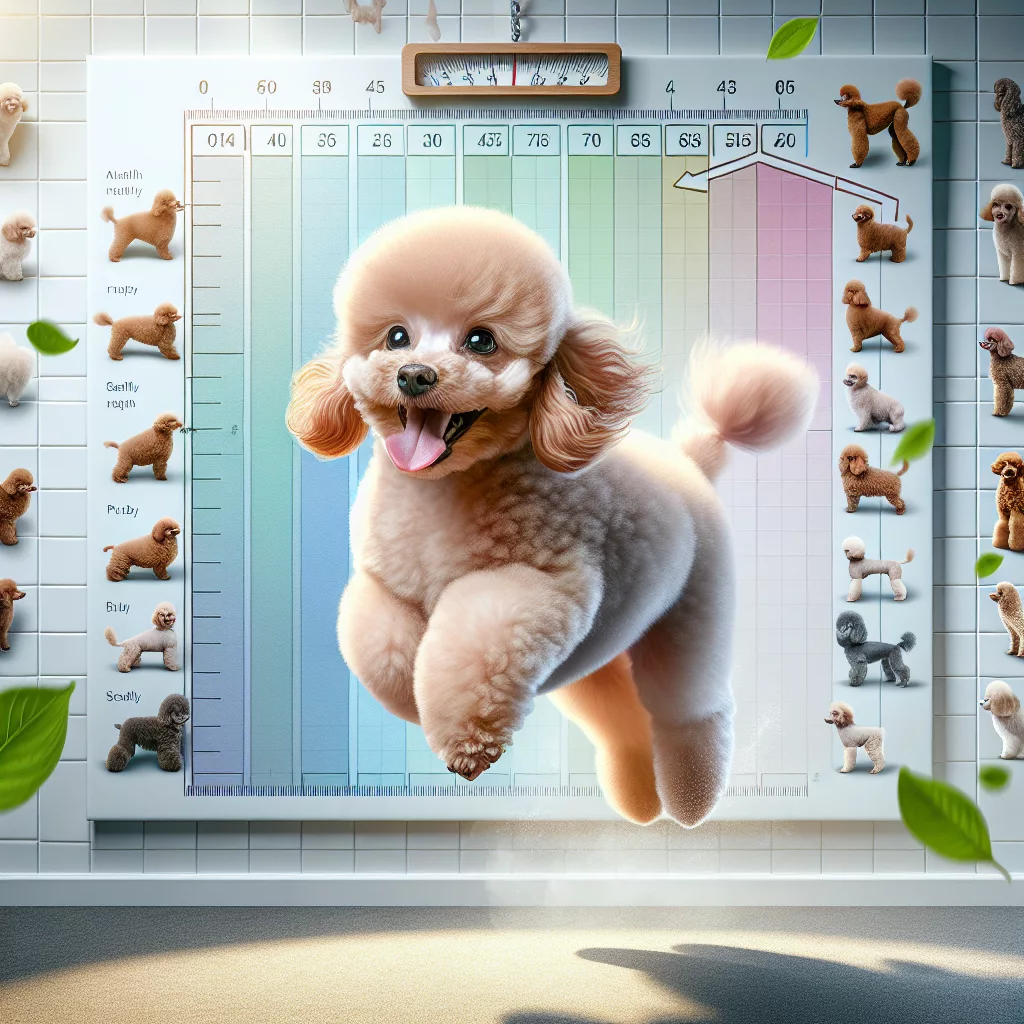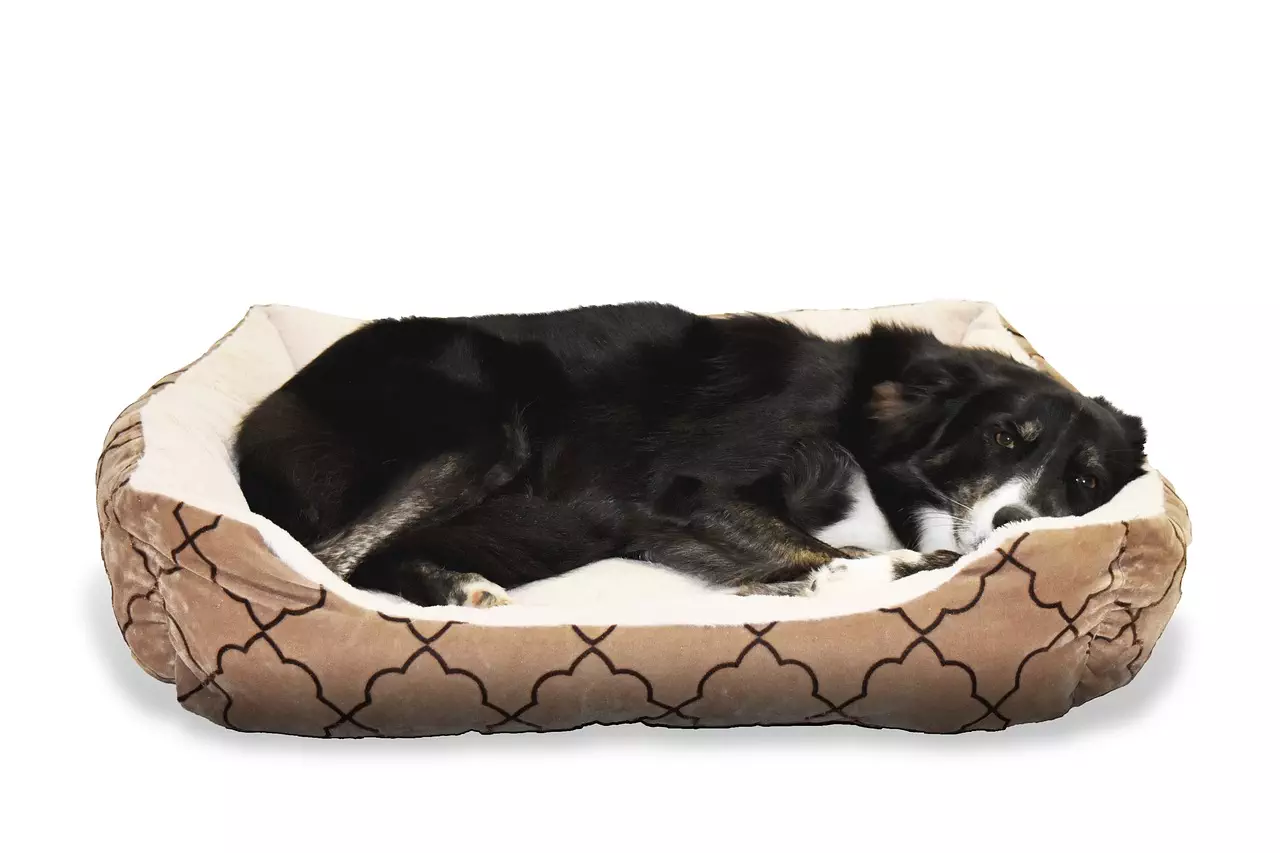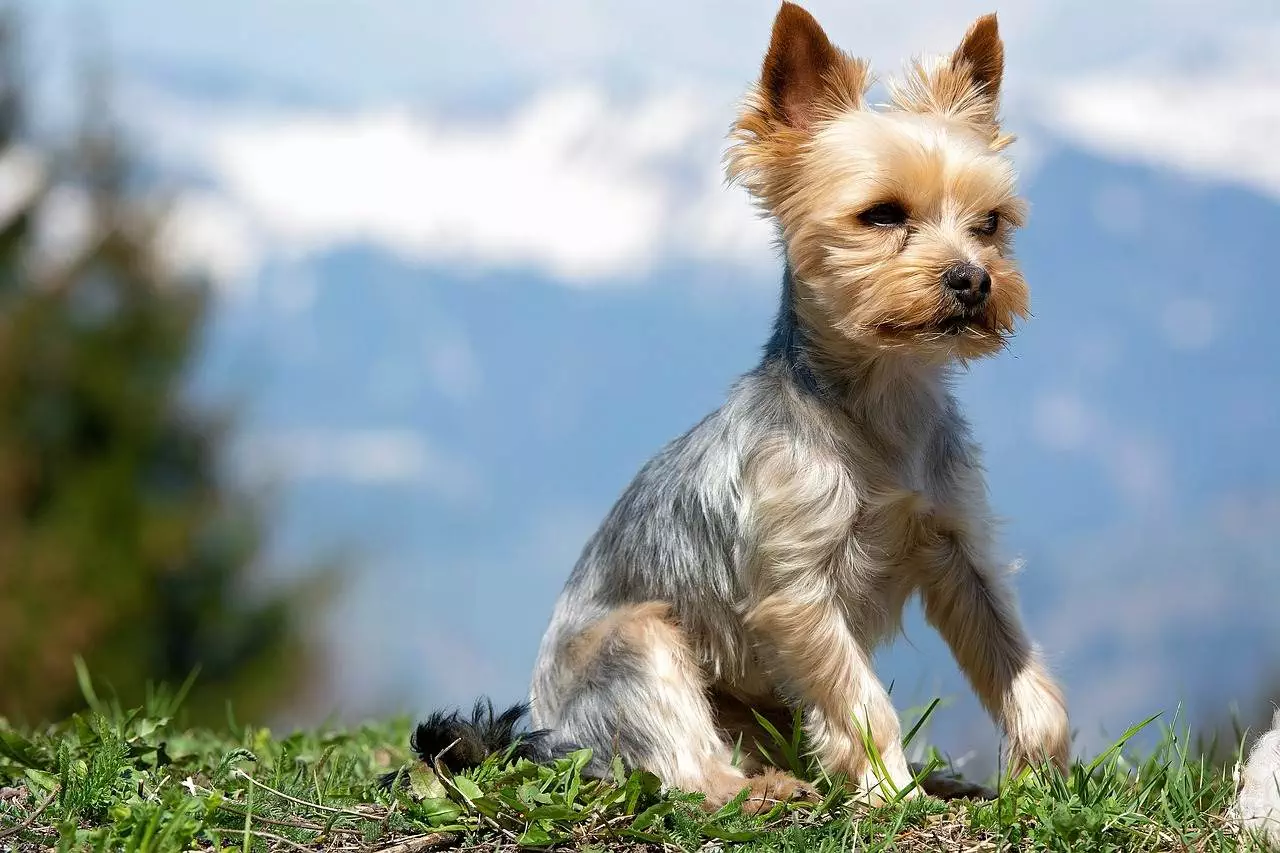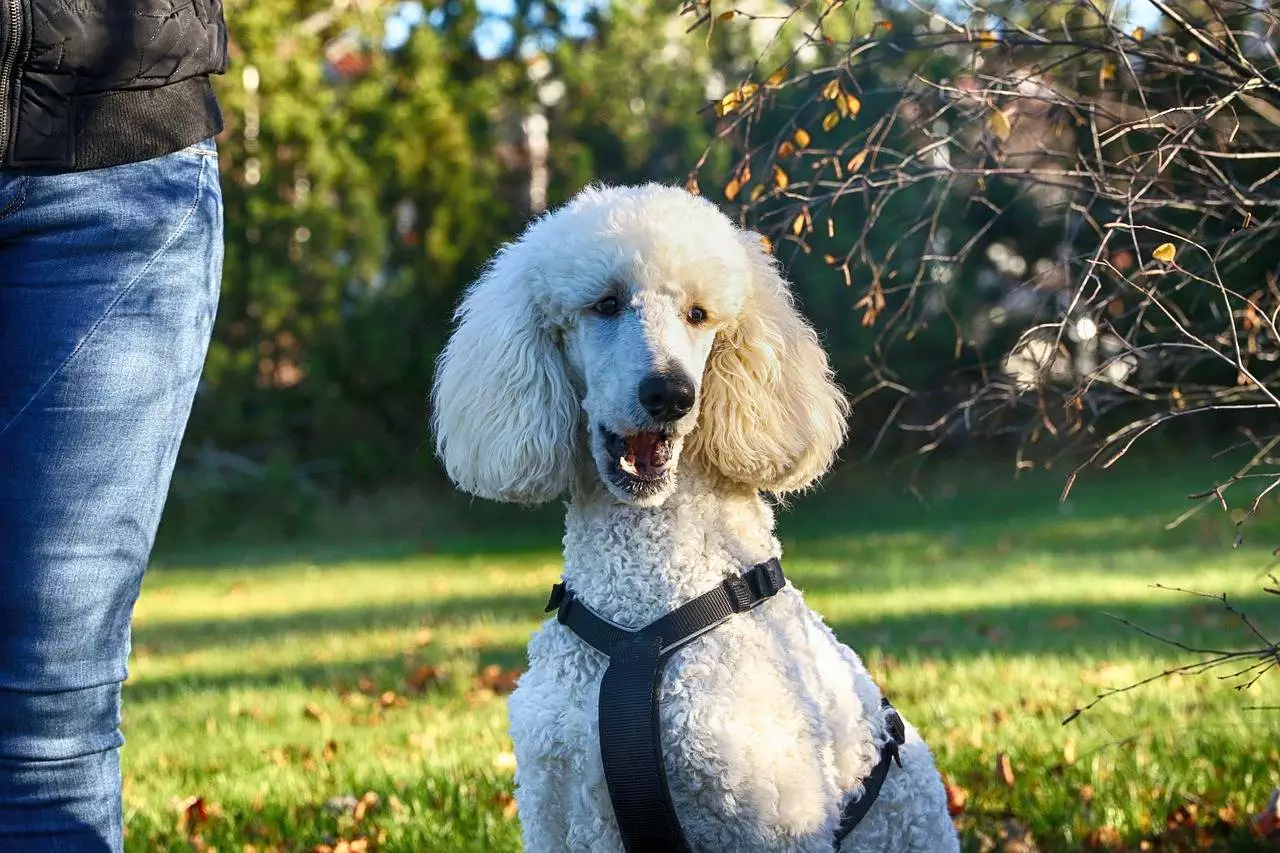So, you’ve got yourself a toy poodle, haven’t you? This cute and fluffy little companion of yours fills your home with joy, laughter, and a fair share of mischief, but all the while you’re wondering, “When can I expect my fur-baby to reach full growth?” The curling question has an answer, and this article aims to reveal exactly when a toy poodle transitions from the adorable puppy stage to become a full grown dog. Understanding this growth timeline can help you cater to their needs appropriately – providing the appropriate diet, care, and attention they need to mature into healthy, happy dogs.
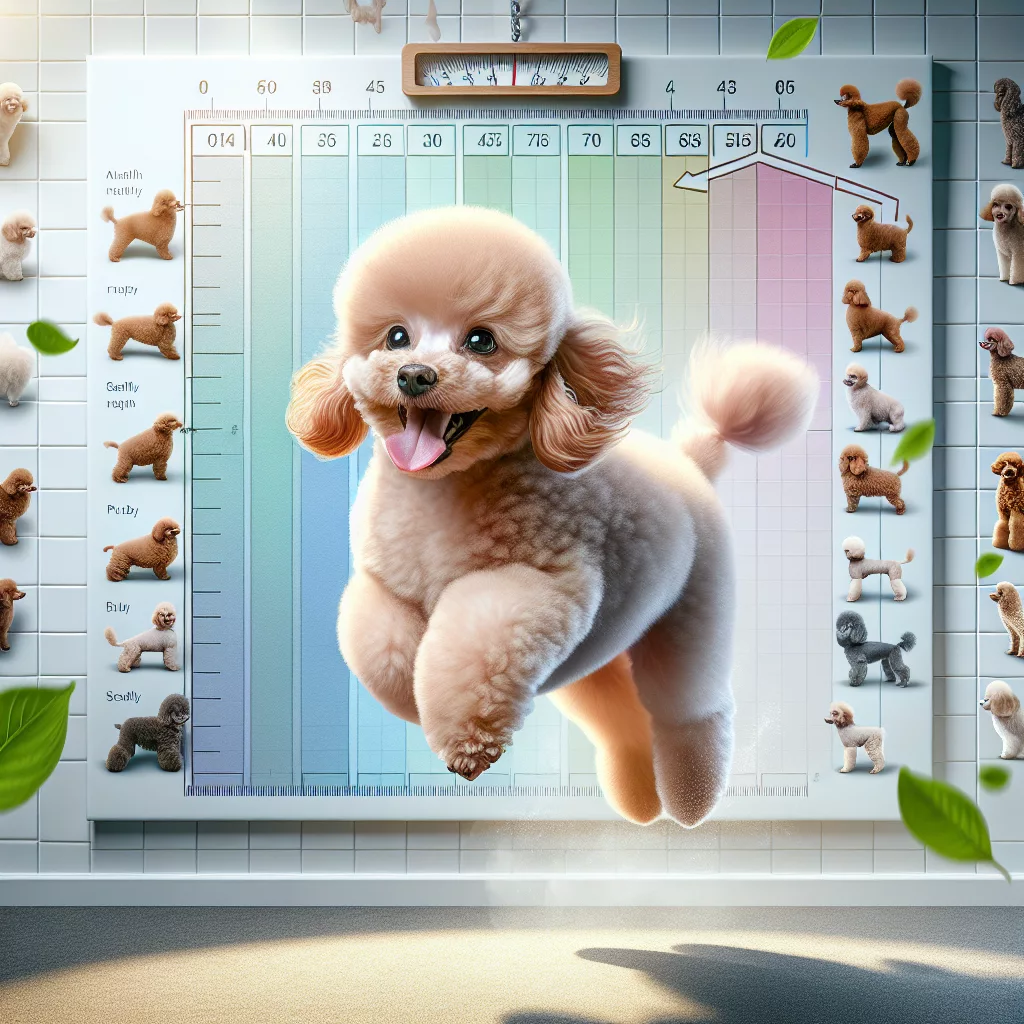
Understanding Toy Poodle Growth Stages
Understanding the growth stages of a toy poodle is essential in devising a suitable care plan for your furry friend.
Defining the growth stages
The growth stages of a toy poodle can be broadly classified into three: the puppy stage, the adolescent stage, and the full-grown adult stage. Each stage is characterized by different growth rates, behaviors, and care requirements.
Knowing the progression of growth stages
Toy poodles progress through their growth stages swiftly. The puppy stage typically lasts up to six months, during which they grow rapidly and are very active. This stage is followed by the adolescent stage, which lasts up to a year and is characterized by a slower growth rate and more stable behavior. Eventually, your toy poodle will transition into a fully grown adult stage, which lasts the rest of their life.
Link between growth stages and behavior
During the puppy stage, toy poodles are typically playful, inquisitive, and full of energy. As they transition into adolescents, they become more independent and may display certain challenging behaviors such as nipping or barking. Once they reach adulthood, they are usually more calm and settled, displaying a strong bond with their human companions.
When is a Toy Poodle Considered a Puppy?
Understanding when a toy poodle is considered a puppy can be quite beneficial, especially when it comes to training and nurturing them.
Characteristics of a toy poodle puppy
Toy poodle puppies are tiny, weighing in around 2-3 pounds, and have a height of about 9-10 inches. They have baby-like features such as soft fur and immature teeth. They are usually very curious and need constant supervision, as they have a tendency to experiment with their surroundings.
Behavior and physical changes during the puppy stage
In this stage, toy poodles are extremely active and inquisitive, often exploring their surroundings. They teethe during this period, which may result in a tendency to bite or chew objects. As they grow, their fur becomes more curly and dense, and they gradually increase in height and weight.
Puberty and the Adolescent Stage in Toy Poodles
Puberty in toy poodles marks the beginning of the adolescent stage of their life, characterized by changes both in their physical structure and behavior.
Understanding puberty and its effects
Puberty in toy poodles typically begins around six months of age. It’s during this time, they reach sexual maturity. Changes include development of secondary sexual characteristics like increased body size and aggression.
Changes in behavior and physicality during the adolescent stage
During the adolescent stage, toy poodles may display sudden shifts in behavior. They may become more independent, less obedient and could display moderate aggression. They may also start marking territories. Physically, males will be slightly larger than females with more muscle tone.
Transition from Puppy to Fully Grown Toy Poodle
A toy poodle is considered fully grown when they reach the adult stage which is around one year of age.
Age of transition
Most toy poodles complete their growth and transition to adulthood around the age of one year.
Changes in size and weight
At the end of the puppy stage, a toy poodle will typically weigh around 5-7 pounds and stand about 10 inches tall. As the dog matures and transitions to adulthood, the weight and size may slightly increase, however, there is no drastic change.
Changes in behavior
On attaining adulthood, toy poodles become calmer and their behavior settles. They are usually well-trained by this point and have a strong sense of loyalty towards their owners.
Toy Poodle Full-grown Size
On reaching adulthood, the size of a toy poodle differs only slightly from when they were puppies.
Expected adult size
A full-grown toy poodle usually stands around 10-11 inches tall at the shoulder and typically weighs between 5-7 pounds.
Variation in size among toy poodles
Despite being categorized as a singular breed, there can be slight variations in the size and weight of adult toy poodles due to various factors including genetics and environment.
Factors affecting growth rate and size
Genetics play a big role in determining a toy poodle’s adult size. However, diet and exercise can also significantly affect growth rate and size.
Behavioral Aspects of a Full-grown Toy Poodle
Behaviour attributes vary from poodle to poodle, but certain traits are generally true for the breed.
Common adult behavior traits
Full-grown toy poodles are known for their intelligence, loyalty and being friendly. They are easy to train and very adaptable, making them good companions.
Training and behavior management techniques
Reward-based training methods work best for toy poodles. They respond well to positive reinforcement and consistency in training sessions. Behaviour management techniques include setting clear boundaries and being consistent with rules.
Health and Nutritional Needs of a Full-grown Toy Poodle
Maintaining a balanced diet and keeping up with exercise are crucial to your toy poodle’s health.
Diet recommendations
A balanced diet for a toy poodle should include protein, healthy fats, and a small proportion of carbohydrates. Processed foods should be avoided.
Exercise requirements
Regular daily exercise is essential for a toy poodle to stay fit and healthy. This could include short walks or play sessions.
Regular veterinary check-ups
It’s important to have regular vet check-ups to ensure your pet is in good health and to catch any potential issues early.
Genetic Factors in Toy Poodle Growth
Genetics play a crucial role in the growth and development of toy poodles.
Role of genetics in determining size
The size of toy poodles is largely determined by their genetics. Toy poodles are bred to be small, so their genes dictate their maximum size.
Impact on health and lifespan
Genetics also have implications on a toy poodle’s health and lifespan. Some poodles can be prone to conditions like hip dysplasia and eye problems.
Environmental Influences on Toy Poodle Growth
The environment also plays a key role in a toy poodle’s growth and development.
Role of nutrition
Nutrition plays a crucial role in the growth and development of a toy poodle. A balanced diet ensures your poodle grows at a healthy rate.
Impact of exercise
Regular exercise not only contributes to a fit and healthy body but also strengthens the muscles and bones.
Effect of living conditions on growth
Living conditions can also affect growth. Stressful environments may stunt growth, while healthy, loving homes promote optimal growth.
Common Myths about Toy Poodle Growth
There are several common misconceptions about the growth of toy poodles.
Misconceptions about size
Many believe that toy poodles will stay as small as their puppy size, which is not true. They grow and reach their full size around the age of one year.
Debunking the myth about growth spurts
Some people believe that poodles have growth spurts. However, toy poodles grow gradually throughout their puppy and adolescent stages.
Untruths about exercise and growth
Some believe that too much exercise can stunt a poodle’s growth. This is not true – regular exercise is essential for their overall health and development.
In conclusion, understanding the growth stages of a toy poodle, the factors influencing them and debunking the myths associated with their growth can significantly help in providing optimal care to your furry friend and facilitating a lasting bond with them.


